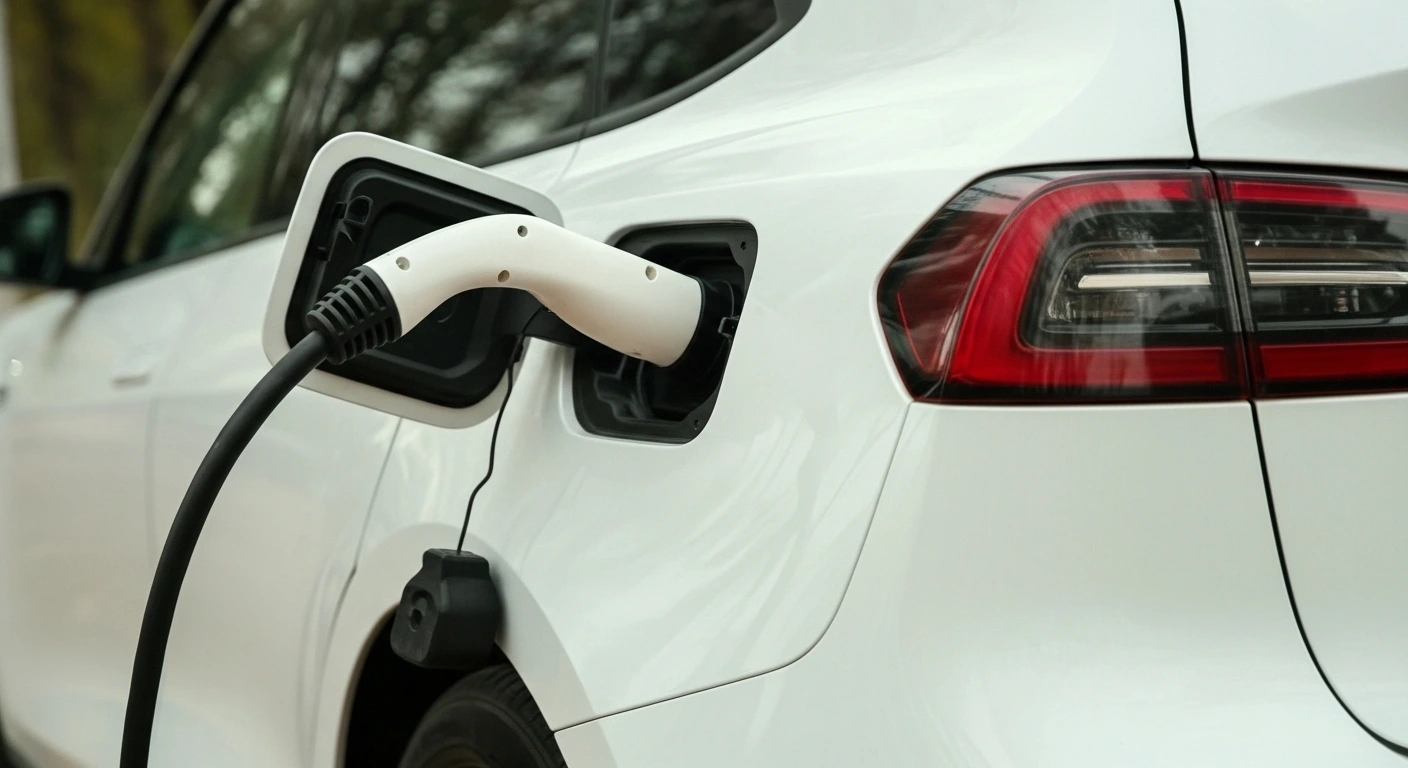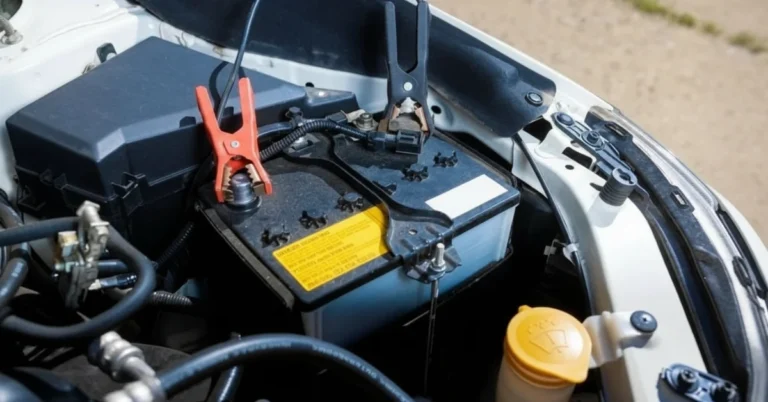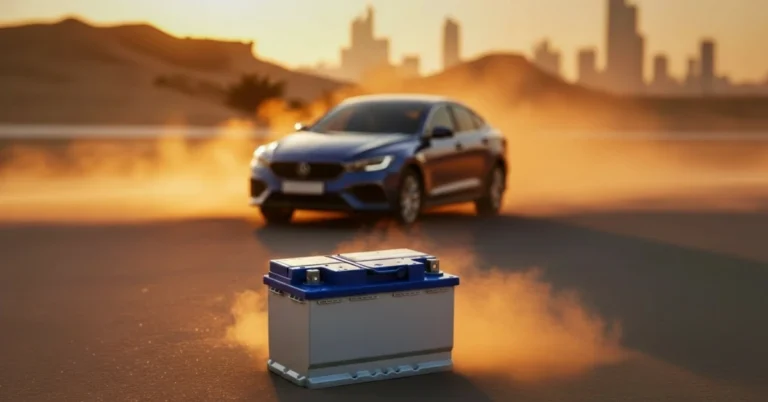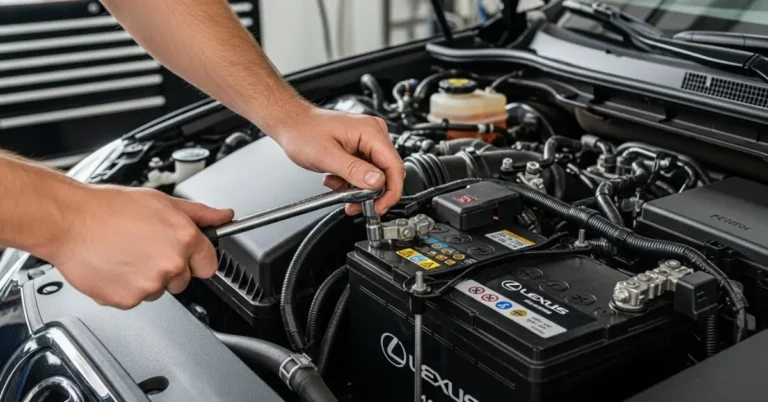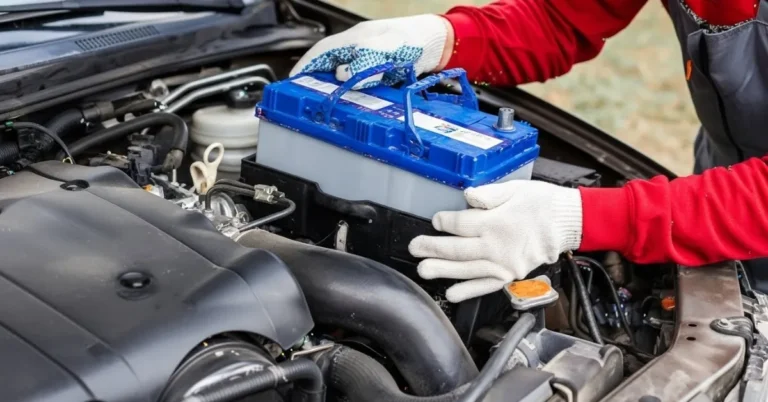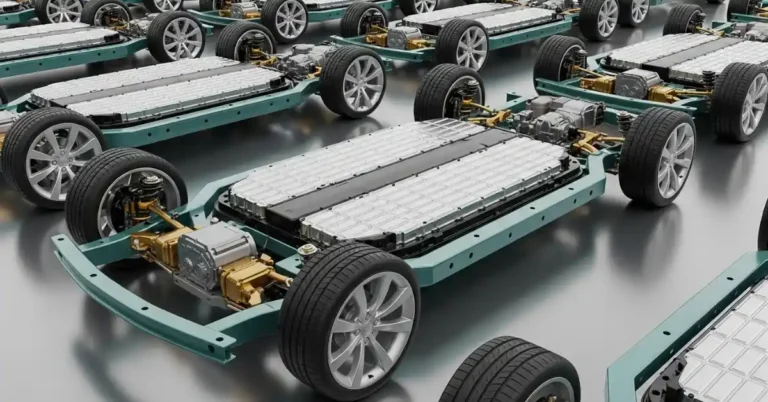What Kind of Battery Does a Tesla Use
Tesla’s use high-capacity lithium-ion battery packs made up of many smaller cells. These cells are arranged into modules and then into a large battery pack that powers the whole car.
Tesla cars use advanced lithium-based battery packs — but there’s more to the story. If you’ve ever asked, “What kind of battery does a Tesla use?”, this friendly guide from Battery Zone will explain it in plain language. You’ll learn the battery chemistry, how packs are built, why they last so long, and simple tips to keep yours healthy. We’ll also cover what to do if you get stuck on the road and need help, like Car JumpStart Service, mobile fuel delivery alternatives for EVs, or general Roadside assistance.
Battery chemistry — the basics
Most Tesla models use lithium-ion chemistry. Over the years, Tesla has used different cell types and chemistries to balance range, cost, and longevity:
- Nickel-based lithium-ion (NMC / NCA): These give strong energy density — meaning more driving range per kilogram. Many older Tesla models use variants of these formulas.
- Lithium Iron Phosphate (LFP): Tesla has adopted LFP for some models and markets. LFP cells are slightly heavier for the same energy, but they are safer and last longer with many charge cycles.
- Cell design matters: Tesla uses many individual cells (cylindrical or prismatic) grouped into modules. The pack includes cooling, sensors, and safety systems.
The exact chemistry may vary by model and year. But the common thread is: Tesla chooses batteries to give good range, safety, and long life.
How Tesla battery packs are built
Understanding the build helps explain why Tesla packs are powerful and durable:
- Cells — Small units that store energy. Think of them like tiny batteries.
- Modules — Groups of cells wired together. Modules give structure and easier repair.
- Pack — Modules are combined into the full battery pack that fits under the car floor. The pack includes cooling systems, electronics, and safety gear.
- Battery Management System (BMS) — The brain that monitors each cell, controls charging, and protects the pack from damage.
Because the pack is made of many cells, a few failing cells rarely mean full pack failure. The BMS balances and protects the cells to keep the car safe and reliable.
Which Tesla models use which batteries?
Tesla updates its battery choices over time. In general:
- Entry-level models and some newer production lines have shifted toward LFP for a steady life and lower cost.
- Long-range and performance models often use higher energy-density chemistries to maximize miles per charge.
If you want model-specific details, your owner’s manual or Battery Zone experts can help identify the exact cell chemistry for your Tesla.
Lifespan and how Tesla batteries age
Batteries don’t last forever, but Tesla packs are designed for many years:
- Most Tesla batteries retain a high percentage of capacity after tens of thousands of miles.
- Aging is gradual — you’ll see the range reduce slowly over the years.
- Factors that speed aging: extreme heat, frequent fast charging, and charging to 100% all the time.
Simple care and smart charging habits can extend battery life significantly.
Charging tips to protect battery health
Small habits make a big difference. Try these simple rules:
- Daily charge limit: Set your daily charge to 80–90% for regular use. Reserve 100% only for long trips.
- Avoid deep discharges: Don’t frequently run the battery to 0%. Keeping the charge between 20%–80% is kinder to the cells.
- Use slow charging for daily top-ups: Level 2 or home charging is gentler than constant fast charging.
- Park cool when you can: Heat increases wear. Shade or covered parking helps in hot climates.
These small steps help the battery stay healthier, last longer, and keep more range over time.
Safety features built into Tesla batteries
Tesla packs include many safety systems:
- Cooling and thermal management: Keeps cells at optimal temperatures.
- Fuses and disconnects: Isolate problem areas if a fault happens.
- Crash protection: The pack is protected by the car structure.
- Monitoring: The BMS watches cell voltage, temperature, and charge state to prevent damage.
These features are part of why electric cars are safe and reliable.
What if you get stuck on the road?
Even with careful care, roadside problems can happen. Battery Zone recommends knowing the help options near you:
- Car JumpStart Service — For EVs, a “jump” works differently, but trained roadside teams can diagnose whether the issue is the 12V system or the main battery and take the right action.
- Mobile charging or fuel delivery alternatives — For gas cars, fuel delivery brings petrol. For EVs, similar services can provide a small mobile charger or tow you to the nearest charger. This is the EV version of fuel delivery.
- Roadside assistance — A full roadside service will help with towing, battery checks, lockouts, tire problems, and more. Make sure your provider understands EV needs.
If you ever feel unsure, call a roadside team that has EV experience so the car gets the correct care.
Recycling and environmental impact
When Tesla batteries reach the end of their life, they don’t just get thrown away. Batteries are recycled, and parts are recovered. Manufacturers and recyclers extract valuable metals and materials, which reduces waste and the need for new mining. Battery technology and recycling both continue to improve.
Common questions owners ask
- Can I replace single cells instead of the whole pack? Often, technicians can repair or replace modules or cells without swapping the entire pack.
- How long does a pack last? With good care, many years — often 8+ years with substantial usable capacity left.
- Will software affect battery life? Yes. Software updates can improve charging management and battery health.
If you have a specific model or concern, Battery Zone can help with tailored advice.
Why Battery Zone is a helpful resource
At Battery Zone, we focus on batteries and battery care. We help owners understand their options, from simple maintenance tips to pointing them toward trusted roadside help like Car JumpStart Service, mobile-charge options similar to fuel delivery, and full Roadside assistance when needed. We explain things in simple language so you can make smart choices fast.
Final tips — keep your Tesla battery happy
- Charge smart: avoid constant 100% and 0% cycles.
- Park cool and shaded area.
- Use home charging for daily needs and fast chargers sparingly.
- Choose trained roadside help if you’re stuck — EVs need specialists.
If you want a quick checklist or a printable guide to keep in your car, Battery Zone can prepare one for you. Need help finding EV-aware roadside assistance or a trusted Car JumpStart Service near you? Tell us your city and we’ll point you to local options that understand EVs.

